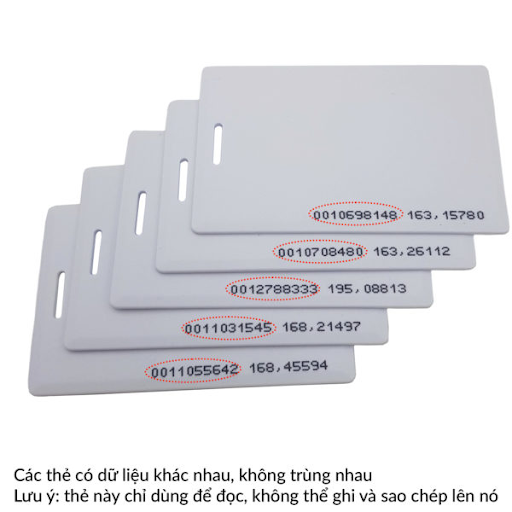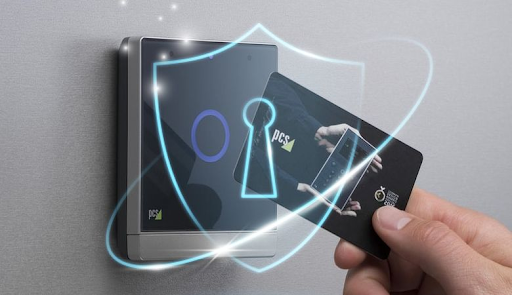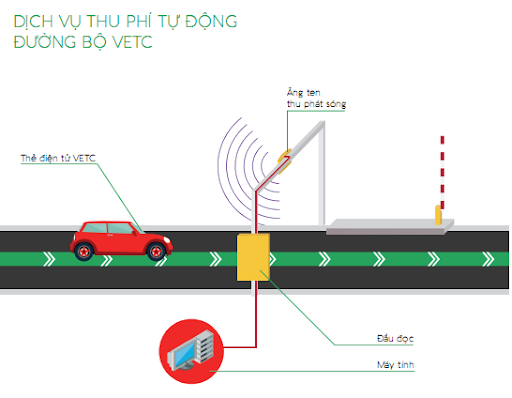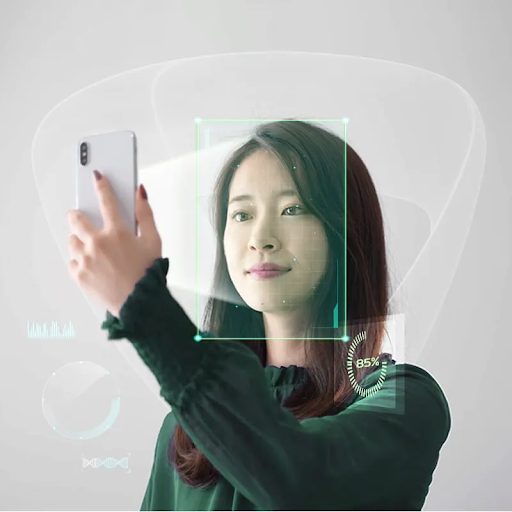Introduction to Magnetic Stripe Card Identification
1. What is Magnetic Stripe Card Identification?
Magnetic Stripe Card Identification is a technology that uses magnetic stripes on cards to store identification information. This technology is widely used in bank cards, access cards, loyalty cards, and many other applications.
Structure of Magnetic Stripe Cards
A magnetic stripe card typically includes:
- Plastic layer (PVC): Contains printed information on the card such as the cardholder's name, card number, and issuing organization's logo.
- Magnetic stripe: Made from iron oxide or a magnetic compound, used to store data.
- Chip (optional): Some magnetic cards are combined with chips to enhance security and expand functionality.

Operating Principle
When a magnetic card is swiped through a reader, the magnetic stripe creates an electromagnetic signal, transmitting encoded data to the processing system for information verification.
2. Applications of Magnetic Stripe Card Identification
2.1. Electronic Payments
Magnetic stripe cards are widely used in POS (Point of Sale) and ATM payment systems. Although gradually being replaced by chip cards and contactless payments, they still play an important role in many legacy systems.
2.2. Access Control
Magnetic stripe cards are commonly used in access control systems at offices, hotels, and parking lots. Users swipe their cards to open doors or authenticate access rights.

2.3. Public Transportation
Many train and bus ticket systems use magnetic stripe cards to manage trips and authenticate passengers.
2.4. Loyalty Cards
Stores and shopping centers use magnetic stripe cards to track customers' reward points and purchase history.
3. Advantages and Disadvantages of Magnetic Stripe Cards
Advantages
- Low cost: Magnetic stripe cards are much cheaper than chip cards or smart cards.
- Easy to use: Magnetic card reading systems are simple and don't require complex equipment.
- Widespread: Used extensively in many fields.
Disadvantages
- Easy to duplicate: Magnetic stripe cards don't have complex encryption mechanisms, so they can be counterfeited.
- Wear over time: The magnetic stripe can be erased or damaged due to frequent use.
- Lower security than chip cards: Older technology, more vulnerable to attacks.
4. Replacement by New Technologies
Due to the limitations of magnetic stripe cards, many organizations have switched to more modern technologies such as:
- EMV chip cards: Safer with stronger encryption mechanisms.
- NFC and contactless payments: Use radio waves to communicate between devices and readers.
- Biometrics: Identification using fingerprints and facial recognition to enhance security.
Nevertheless, magnetic stripe cards remain a popular technology and cannot be completely eliminated in the near future.
Conclusion
Magnetic Stripe Card Identification is an important technology in identification and payment, despite many more modern replacement solutions. However, with advantages in cost and convenience, magnetic stripe cards still maintain an important role in many fields. Businesses and organizations need to consider using or upgrading technology to ensure the best safety and performance.


